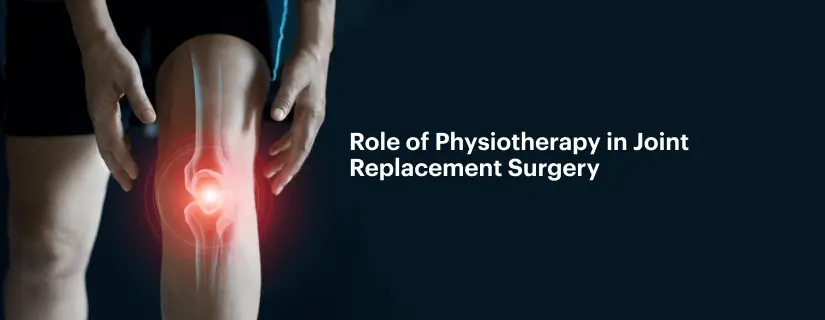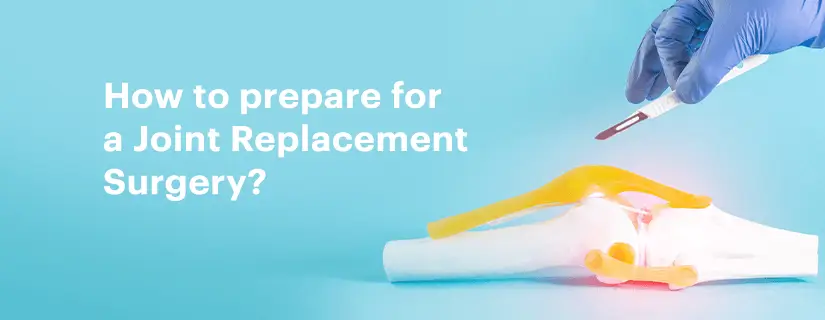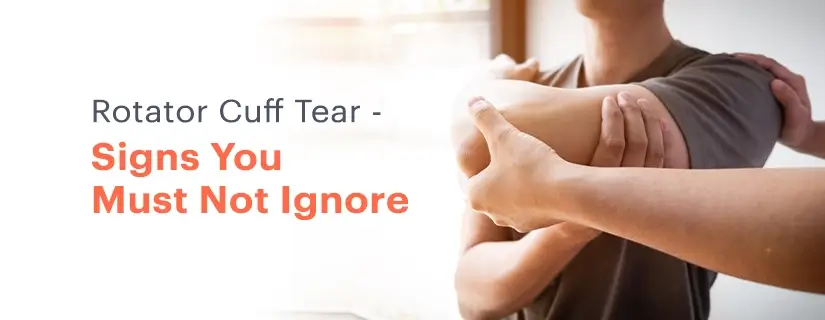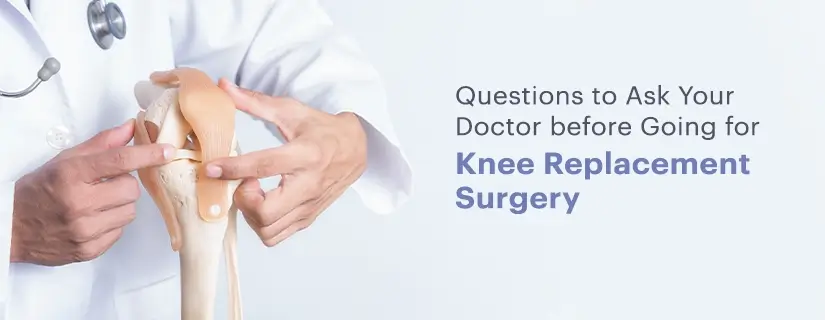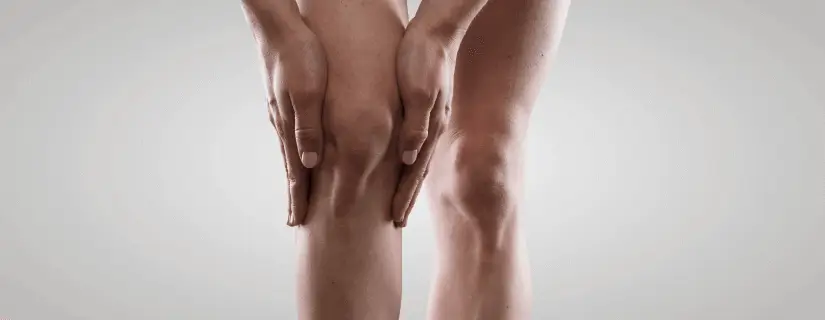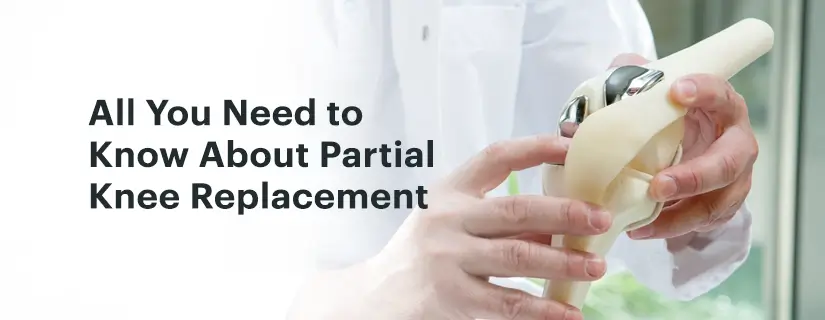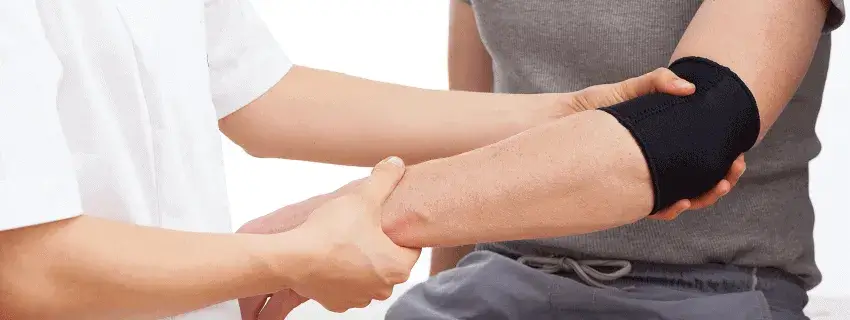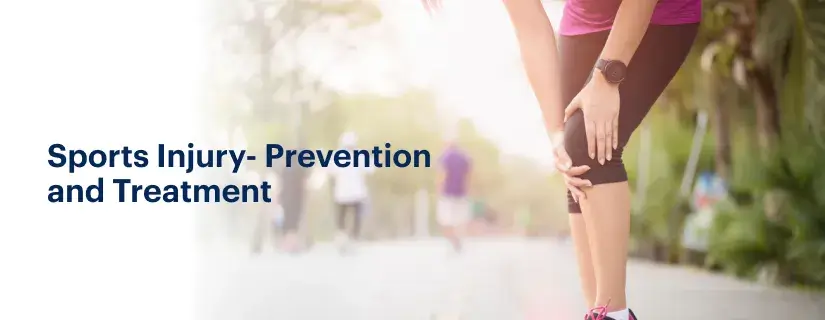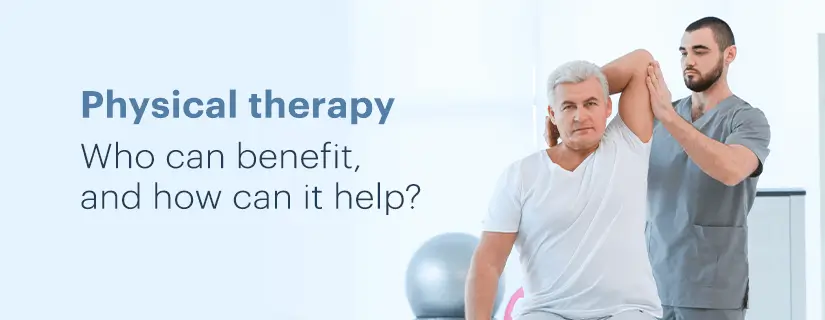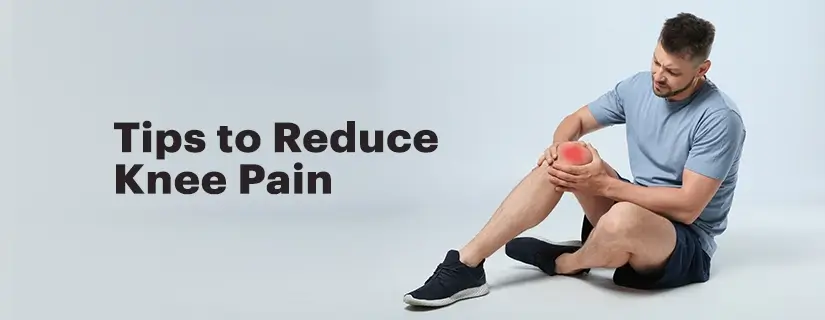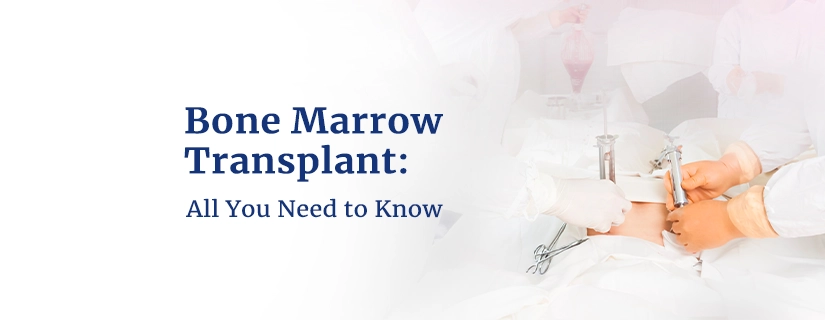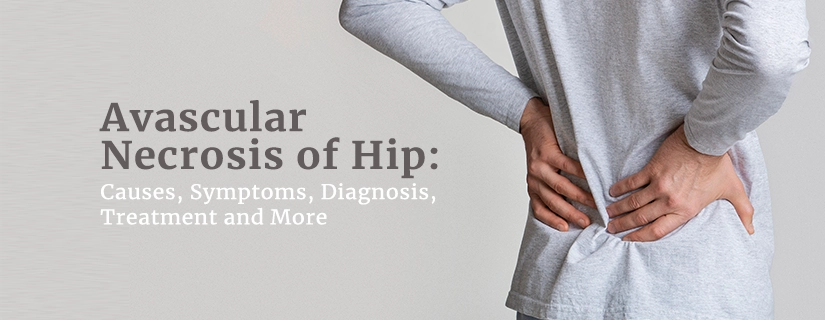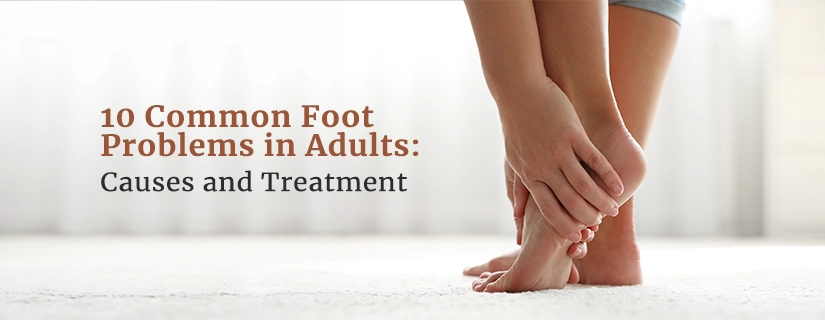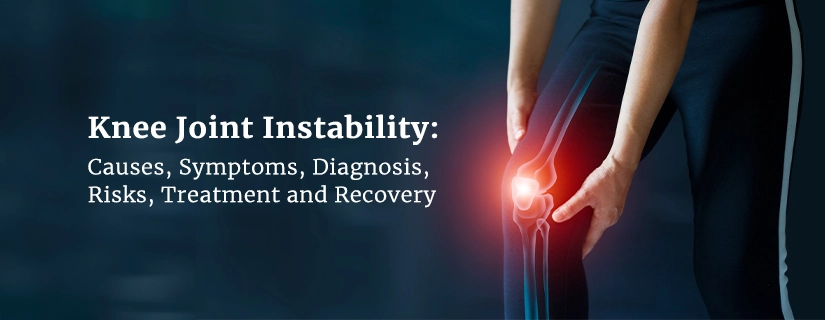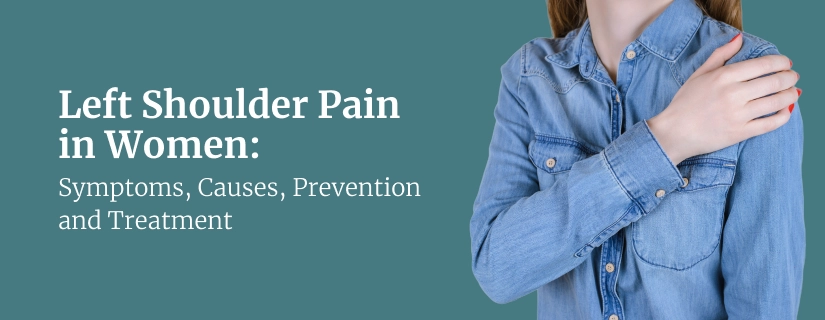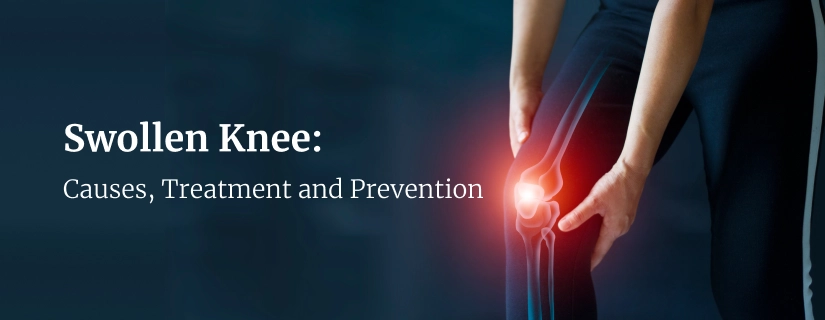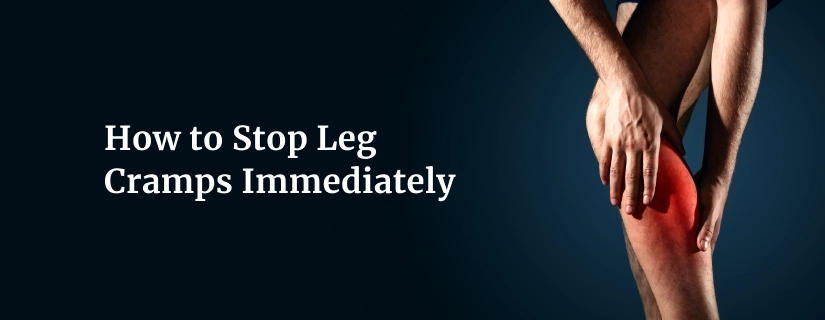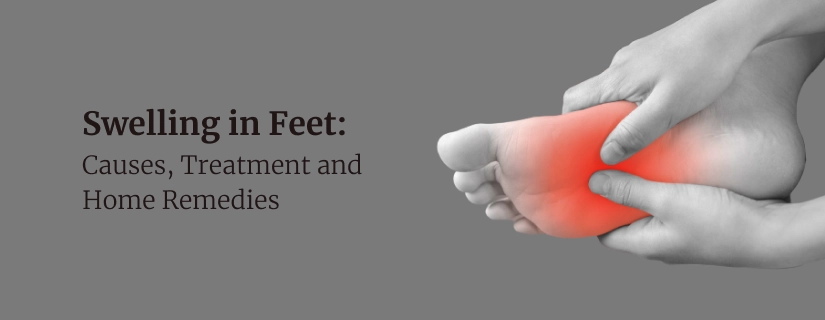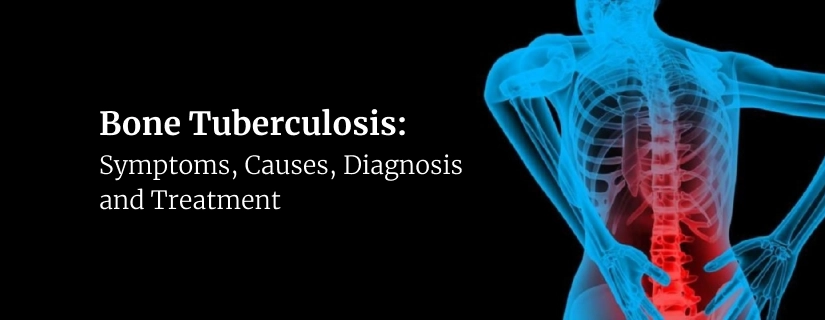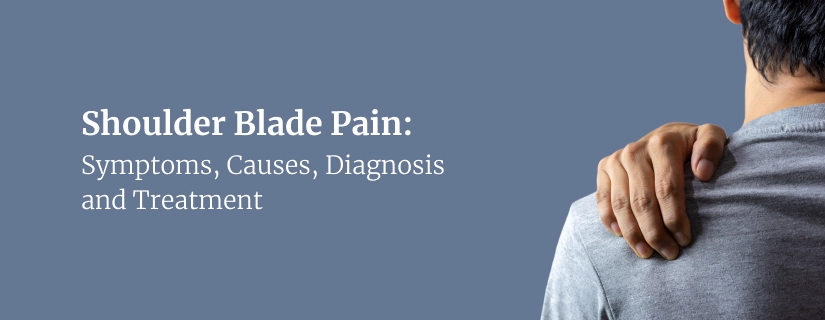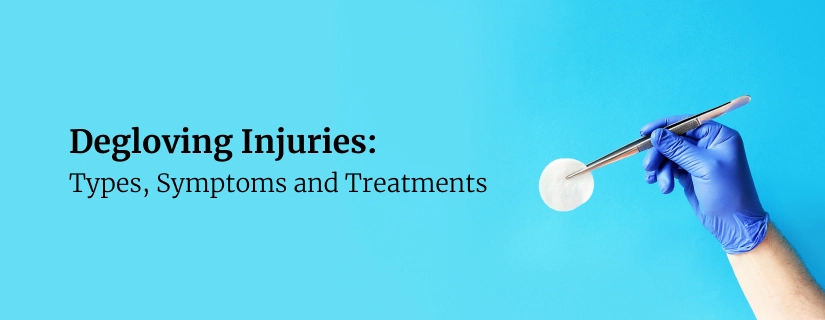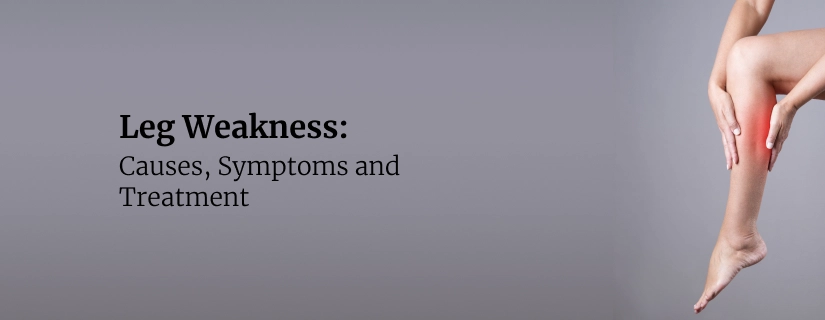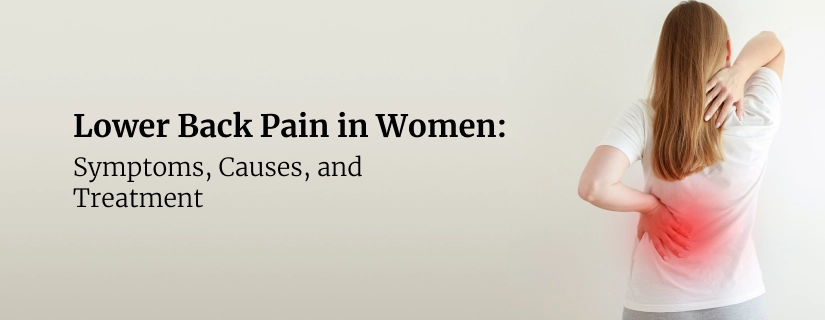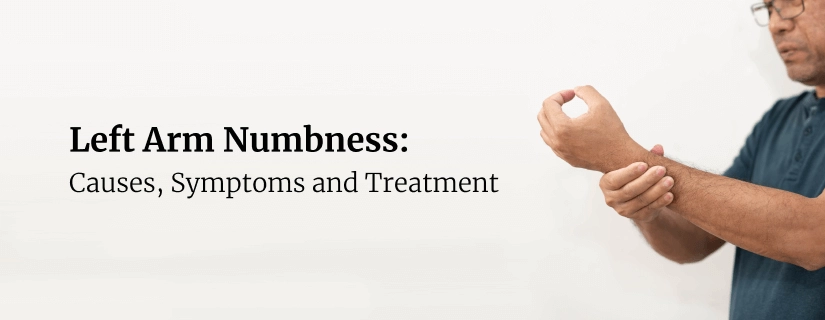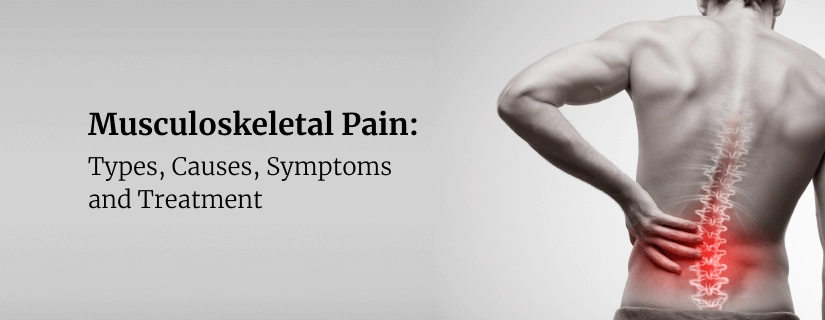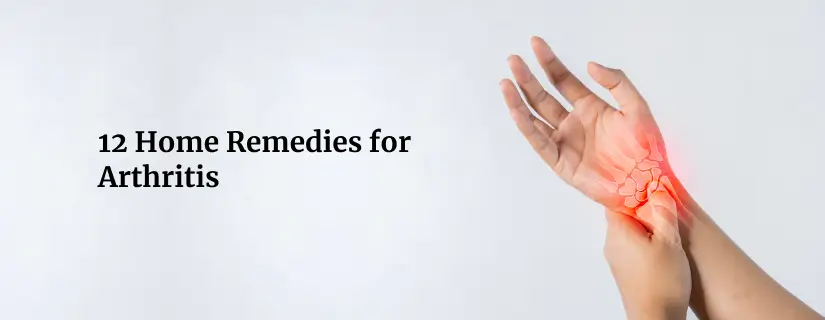-
Doctors
-
Specialities & Treatments
Centre of Excellence
Specialties
Treatments and Procedures
Hospitals & Directions HyderabadCARE Hospitals, Banjara Hills CARE Outpatient Centre, Banjara Hills CARE Hospitals, HITEC City CARE Hospitals, Nampally Gurunanak CARE Hospitals, Musheerabad CARE Hospitals Outpatient Centre, HITEC City CARE Hospitals, Malakpet
HyderabadCARE Hospitals, Banjara Hills CARE Outpatient Centre, Banjara Hills CARE Hospitals, HITEC City CARE Hospitals, Nampally Gurunanak CARE Hospitals, Musheerabad CARE Hospitals Outpatient Centre, HITEC City CARE Hospitals, Malakpet Raipur
Raipur
 Bhubaneswar
Bhubaneswar Visakhapatnam
Visakhapatnam
 Nagpur
Nagpur
 Indore
Indore
 Chh. Sambhajinagar
Chh. SambhajinagarClinics & Medical Centers
Book an AppointmentContact Us
Online Lab Reports
Book an Appointment
Consult Super-Specialist Doctors at CARE Hospitals
Role of Physiotherapy in Joint Replacement Surgery
Updated on 27 October 2022
What does Physiotherapy involve?
Physiotherapy, also referred to as physical therapy, is a treatment that uses exercises and equipment to restore and maintain the patient’s maximum mobility and functional ability. Joint replacement is a major operation that is usually considered a last resort when other failed treatments. Joint replacement is highly effective for reducing joint pain, correcting a deformity or helping improve mobility; it is also performed for treating advanced arthritis. Joint replacements that are commonly performed are knee and hip replacements, but the surgery can be performed on other joints that include the wrist, elbow, shoulder, and ankle.
Physiotherapy treatment after joint replacement surgery helps to build strength, improve balance, and reduce the risk of falls and gives the confidence required to return to work or even sport. Studies report that a combination of exercises for mobility, strengthening, and balance; improves and speeds up recovery. Physiotherapy involves several forms of treatment that principally include massage therapy, electrotherapy, hydrotherapy, and exercises and movements that are practically essential to keep your bones and joints healthy.
- Massage therapy: Massage therapy increases flexibility and range of motion. Massage is suitable for all patients, but the form and firmness of the therapy will depend on the particular case. Massage improves blood flow and involves movements that ease tension in the muscles and joints.
- Hydrotherapy: Hydrotherapy involves the use of a warm-water pool for exercises wherein the exercises are coupled with the pressure of water. Hydrotherapy helps relieve pain, increases the range of movement of your joints, and improves muscle
- strength. Water jets and massage as part of hydrotherapy are used to stimulate nerve activity.
- Electrotherapy: Electrotherapy involves nerve stimulation with the use of controlled electric shocks. Electrotherapy eases muscle pain and aids in muscle repair and regeneration
- Exercise and movement: Improve the range of movement of joints and muscles which is the fundamental concept of physiotherapy. Physiotherapists from the best hospital for knee replacement in Hyderabad suggest exercises to reduce stiffness and improve flexibility.
After a joint replacement surgery, it is essential not to stop moving. Usually, six weeks of physiotherapy is recommended after a hip or knee replacement.
What are the Benefits of Physiotherapy?
Physiotherapy that involves a regular exercise regimen is a key part of recovery after joint replacement surgery.
Physiotherapy advantages will help to,
- Restore normal joint movement
- Build up strength in the muscles around the new joint
- Reduce pain and swelling
- Return to your normal activities
- Increase blood circulation, particularly right after surgery, to avoid problems with blood clots.
What are some Physiotherapy Exercises?
Soon after the joint replacement surgery, you will be referred to a physiotherapist to guide you on the exercise regimen. Exercises that involve contracting the muscles in your leg after a knee replacement or hip replacement, will help your body function like normal again. These exercises increase blood flow through the legs and help decrease swelling and improve recovery. A few effective exercises for knee replacement surgery and hip replacement surgery include,
Arc Quad Exercise
- Lay flat on your back on the floor with your knees out straight and place a towel roll beneath your heel.
- Press your heel down against the towel to straighten your knee by raising slightly off the surface.
- Hold the straightened knee position for 5 seconds and then relax your leg.
- Repeat this exercise 10 times.
Hamstring Contraction
Hamstring muscles include the three posterior thigh muscles between the hip and the knee.
- Lay flat on your back with the knees bent at an angle of 10-15 degrees with your feet placed on the floor.
- Without moving your legs, press your heels onto the floor. This motion will contract your hamstring muscles.
- Hold for 5 seconds and relax.
- Repeat the exercise 10 times.
Ankle Pumps
- Lay down on the floor, on your back.
- Pull your toes up such that they face your head and then point them down.
This exercise will increase blood flow through your leg, which will reduce swelling and promote healing.
Walking
Walking is the best treatment for joint replacement surgery, you must walk right after surgery. It is important to put all your weight on the new joint. While using a walker or a cane, do not place all the weight on the support devices, they should be used only for stability and safety. You must walk independently as soon as possible, as it will help with body alignment and normal posture patterns. When you feel comfortable, slowly increase the distance you walk.
Climbing Stairs
Once you can walk comfortably, slowly start climbing the stairs. This movement of “stepping” is very beneficial as it increases flexibility and strengthens your knee or hip joint following surgery. Initially, take only one step at a time and rely on a crutch or cane. Always
use the strong leg for the first step and then your recovering leg to follow behind. If you are comfortable, use the railing, and try to climb the stairs foot over foot slowly.
Strengthening Exercises
With the above exercises, your new joint regains its range of motion and functions normally. But your joint is still weak to support your body completely; you must get into the next phase of exercises that will strengthen your joints. Strengthening exercises following joint replacement, be it knee or hip replacement, should be done every other day, with one set comprising 8 to 15 repetitions. As you become comfortable, increase the number of sets with resting 1-2 minutes in between.
Knee Exercises
- Standing knee bends: Stand up straight holding onto a railing or with hands resting on the back of a chair. Lift your leg upward and bend your knee until your lower leg is parallel to the floor. Hold this position for 5 to 10 seconds, then straighten your leg. Repeat 10 times or until feel tired.
- Assisted knee bends: Lay down on your back, and hold a folded towel around the ankle of your operated leg. Bend your knee and hold the towel by applying gentle pressure to increase the bend. Hold for 5 to 10 seconds and repeat until you feel tired.
Hip Exercises
- Standing hip abduction: Stand up straight holding the back of a chair or resting your hands on a wall. Raise your operated leg and lift it out to the side slightly. Pause and then return to starting position; repeat 10 times.
- Squat: Stand up straight and point your toes forward, bend your knees and lower your bottom, as if you are sitting. Keep your knees in line with your toes to make sure you straighten the knees. Hold the position for a few seconds and return to the starting position; repeat 10 times.
Physiotherapy is the major step following joint replacement surgery to ensure that you heal well and move around normally like before.
ENQUIRY FORM
SELECT CATEGORIES
-
Neurosciences (16)
-
Neurology (37)
-
Neurosurgery (14)
-
Orthopaedics (48)
-
Oncology (33)
-
Obstetrics and gynecology (51)
-
Pulmonology (23)
-
Urology (20)
-
Nephrology (13)
-
Psychiatry (7)
-
Dietetics and Nutrition (111)
-
General Medicine (63)
-
Cardiac Sciences (30)
-
Vascular & Endovascular Surgery and Interventional Radiology (10)
-
Gastroenterology (46)
-
Endocrinology (23)
-
Plastic Surgery (10)
-
Critical Care Medicine (5)
-
COVID-19 (16)
-
Dermatology (16)
-
Emergency Care (1)
-
Ophthalmology (4)
-
Pediatrics (14)
-
Laparoscopic and Bariatric Surgery (8)
-
ENT (15)
-
Kidney Transplant (1)
-
Liver Transplantation and Hepatobiliary Surgery (5)
-
General Surgery (3)
-
Internal Medicine (5)
-
Medicine Information
ACL Injury- Do You Need Surgery?
Arthroscopic Knee Surgery: What You Should Know
YOU MAY ALSO LIKE
RECENT BLOGS
-
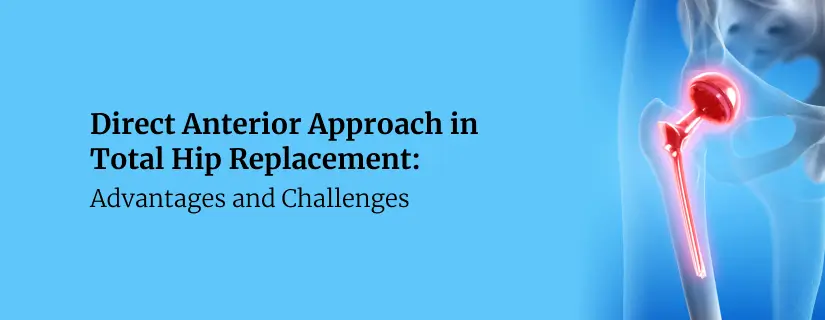
Direct Anterior Approach in Total Hip Replacement: Advantages and Challenges
10 April 2025
Read More
-

Zinc Deficiency: Signs and Symptoms, Causes, Treatment
9 April 2025
Read More
-

Chest Pain When Coughing: Causes, Treatment and Home Remedies
9 April 2025
Read More
-

12 Health Benefits of Eating Mushrooms
8 April 2025
Read More
-

7 Health Benefits of Blood Donation You Should Know About
8 April 2025
Read More
-

Implantation Bleeding Vs Periods: Know the Difference
28 February 2025
Read More
-

Bloating During Ovulation: Symptoms, Causes and Remedies
28 February 2025
Read More
-

Itching During Dengue: Causes, Treatment and Home Remedies
18 February 2025
Read More
Have a Question?
If you cannot find answers to your queries, please fill out the enquiry form or call the number below. We will contact you shortly.


